Skiing is an incredibly popular winter sport enjoyed by millions of people around the world. Skis are the essential equipment for skiing, and they come in different types and styles. From beginners to professionals, there are skis designed for every level of skier. In this article, we will answer some of the most commonly asked questions about skis and skiing.
Don't feel like reading? Take a short cut over here:
What are skis called?
Skis are simply called skis, but they can be categorized into different types based on their design, shape, and intended use.
Gear up for your next winter adventure
What are different types of skis?
There are several different types of skis, including:
1. All-Mountain Skis
These are the most versatile skis and can be used on groomed runs, moguls, and off-piste terrain.
2. Piste Skis
These skis are designed for skiing on groomed runs or "pistes." They are typically narrower and have less rocker than all-mountain skis.
3. Powder Skis
Powder skis are designed for skiing in deep snow and have a wider profile and more rocker than other types of skis.
4. Freestyle Skis
Freestyle skis are designed for performing tricks and stunts in the terrain park or halfpipe. They are typically shorter and more maneuverable than other types of skis.
5. Race Skis
Race skis are designed for competitive skiing and are typically longer and stiffer than other types of skis.
6. Skiboards / Snowblades
Short skis are typically between 75 and 100 cm in length and are designed for quick turns and fun tricks on the slopes. Skiboards are a great choice for beginners and older skiers, as they are easier to maneuver and control than longer skis. They are also popular among freestyle skiers and snowboarders who want to try out new tricks and stunts on the slopes.
What are all mountain skis?
All-mountain skis are designed to perform well in a variety of conditions, from groomed runs to off-piste terrain. They are versatile and can be used by skiers of all levels.
What's a piste ski?
Piste skis are designed for skiing on groomed runs or "pistes." They are typically narrower and have less rocker than all-mountain skis, which allows for better edge control and faster turns on hard-packed snow.
Why is it called piste?
The word "piste" is French for "trail" or "path." In skiing, it refers to the groomed runs on a ski resort that are prepared and maintained for skiing.
Is there a difference between skis?
Yes, there are differences between skis, including their shape, width, length, and flex. Different types of skis are designed for different conditions and skiing styles.
Should I use beginner skis?
If you're a beginner skier, it's recommended that you use skis designed for beginners. These skis are typically shorter, softer, and more forgiving, which makes them easier to turn and control. However, think economically and choose such skis you can use with no regards to your level. Skiboards for example are great for both beginners, intermediate and pro skiers.
Can you learn to ski in your 30s, 40s or 50s?
Yes, you can learn to ski at any age. Skiing is a sport that can be enjoyed by people of all ages, and many ski resorts offer lessons and programs designed specifically for adults. It's never too late to start skiing.
How fast can I learn to ski?
The speed at which you can learn to ski depends on several factors, including your fitness level, coordination, and previous experience with sports. With proper instruction and practice, most people can learn the basics of skiing within a few days.
How to choose the right skis?
1. Determine Your Skiing Ability
2. Consider Your Preferred Terrain
Choose length that suits you best
If skiboards seem to be unsuitable for your skiing, you have a look at Snowfeet Skis which are, with their 156 cm length, more than suitable for any conditions you might encounter.
3. The Ski Length
Ski length is an important consideration. Longer skis provide better floatation in powder, while shorter skis offer increased maneuverability and agility.But keep in mind that long skis are very restricting and will only keep you down. If you are afraid of powder and getting stuck, you can opt for long skiboards (120 cm) which keep you floating.
For any other situations consider only the balance between support of longer skis and freedom of shorter skis. When it comes to ski length, you should not yield to the mantra of ski industry - "the longer - the better". Keep in mind that you want to enjoy your ride and not get tired by dragging two heavy pieces of wood attached to your feet.
4. Ski Width and Shape
5. Flex and Stiffness
Ski flex refers to the ski's ability to bend under pressure. Softer flex provides easier turn initiation and maneuverability, making it suitable for beginners and lighter skiers. Stiffer flex offers stability and responsiveness, catering to more advanced skiers or those seeking high-speed performance. Consider your skiing style and ability when selecting the flex and stiffness of your skis.
6. Bindings and Compatibility
Shorter skiboards (up to 99 cm of length) are available with snowboard boots bindings, too. In such case, you can consider comfort as your top priority.
Longer skiboards (starting at 120 cm) and long skis come with release ski bindings, making them safest option for any ride.
Is skiing hard on your knees?
Skiing can be hard on your knees, especially if you have pre-existing knee problems or if you ski aggressively. However, proper technique and equipment can help reduce the risk of knee injuries. Plus, if you are experiencing knee problems, you should opt for shorter and lighter skis, such as skiblades and skiboards.
What are short skis called?
Short skis are called "skiboards", "skiblades" or "snowblades." They are typically between 75 and 100 cm in length and are designed for quick turns and fun tricks on the slopes.
What are snowblades / skiboards / skiblades?
Skiboards are a great choice for beginners and older skiers, as they are easier to maneuver and control than longer skis. They are also popular among freestyle skiers and snowboarders who want to try out new tricks and stunts on the slopes.
Are longer skis harder?
Longer skis are generally more difficult to maneuver than shorter skis, but they offer several advantages for more experienced skiers. Longer skis provide greater stability and speed, which can be beneficial for skiing on steep slopes and in deep powder.
Longer skis also require more strength and technique to control, so they are typically not recommended for beginners or casual skiers.
In case you want to experience the advantages of both short and long skis, opt for skiboards or snowblades which are long enough to provide enough stability but short enough to give you freedom of movement.
In case you would like something longer
What is downhill ski called?
Downhill skiing is the most popular form of skiing and is also known as alpine skiing. Alpine skis are designed for use on groomed runs and provide stability and control at high speeds.
Alpine skis are typically longer and stiffer than other types of skis, which allows for better edge control and faster turns on hard-packed snow. They are also equipped with bindings that keep the skier's heel locked down, which provides greater stability and control when skiing downhill.
What is flat skiing called?
Flat skiing, also known as Nordic skiing, is a form of skiing that involves gliding on flat or gently sloping terrain. Nordic skis are thinner and lighter than alpine skis, which allows for greater speed and maneuverability on flat terrain.
Nordic skiing is popular in Europe and other parts of the world, and it includes several different types of skiing, including cross-country skiing, biathlon, and ski jumping.
What are the ski levels in Europe?
In Europe, skiing is divided into four main levels of proficiency: beginner, intermediate, advanced, and expert. These levels are based on a skier's ability to control their speed and direction, as well as their experience with different types of terrain and snow conditions.
Beginner skiers are typically those who have never skied before or have only skied a few times. Intermediate skiers have some experience skiing and are comfortable on blue runs. Advanced skiers are experienced skiers who can handle steeper terrain and more challenging conditions. Expert skiers are highly skilled and experienced skiers who can ski any terrain and condition.
What is a fat ski?
A fat ski is a type of ski that is wider than traditional skis. Fat skis are designed for use in deep powder snow and provide greater floatation and stability in these conditions.
Fat skis typically have a waist width of 100mm or more, which allows for better performance in deep snow. They are also equipped with rocker technology, which makes them easier to turn and maneuver in soft snow.
For many more interesting information, check our video:
In conclusion, skiing is a fun and exhilarating sport that requires the right equipment and technique. Understanding the different types of skis and their intended use can help you choose the right ski for your skill level and the conditions you'll be skiing in. So whether you're a beginner or an expert skier, there's a ski out there that's perfect for you!
Try something new




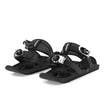
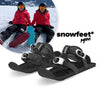





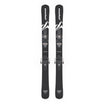

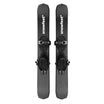




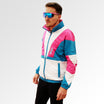

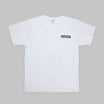



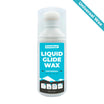


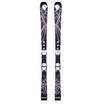

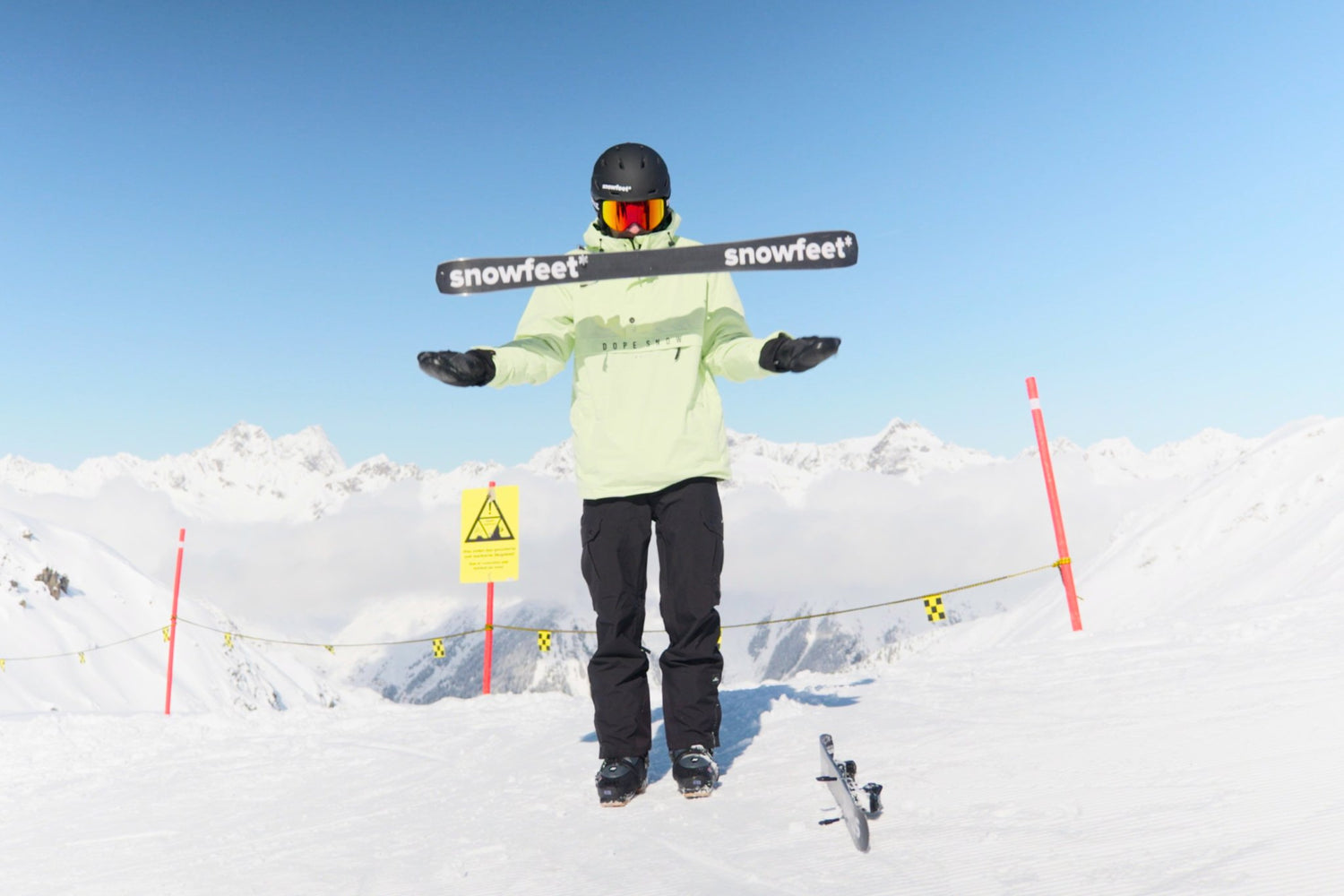















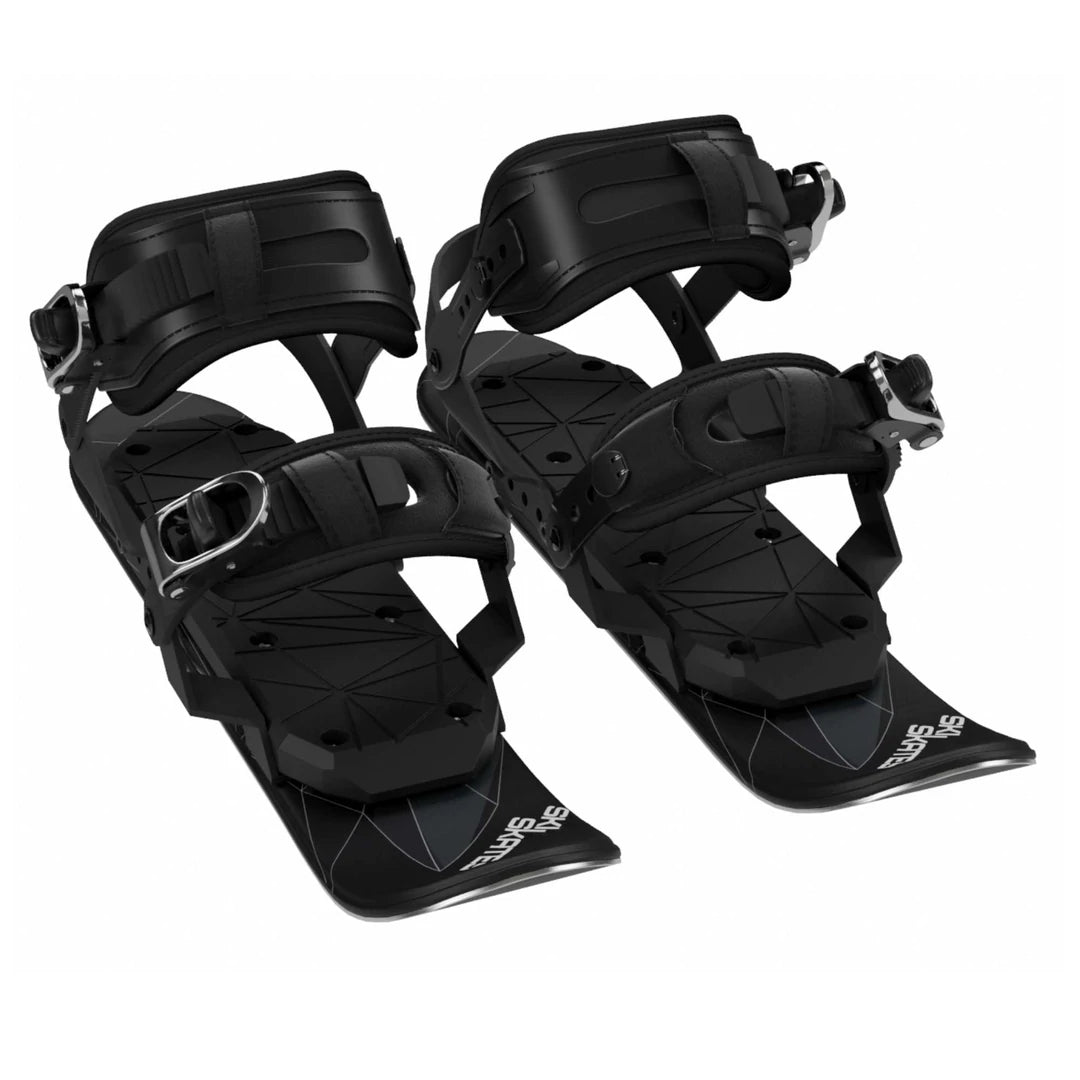
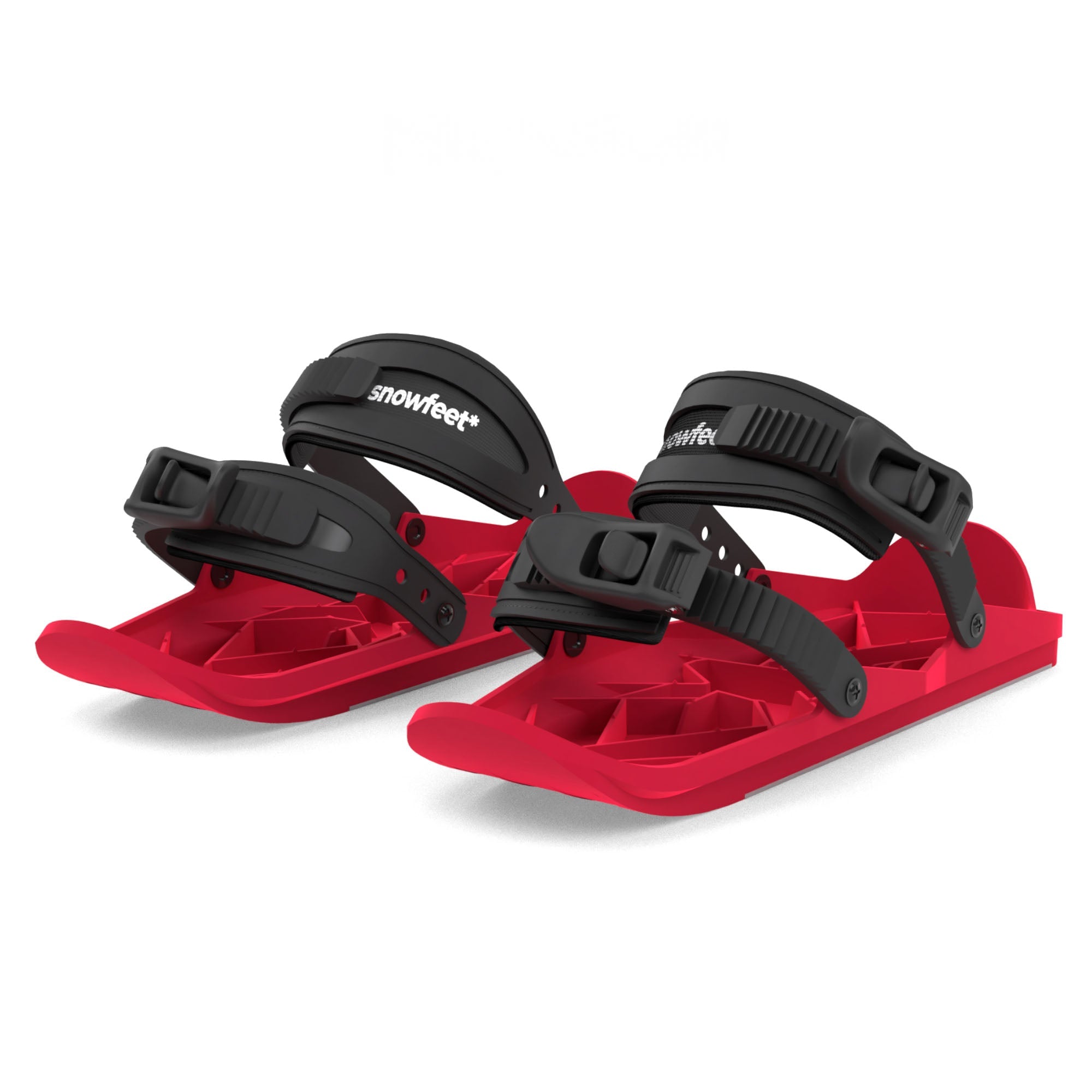











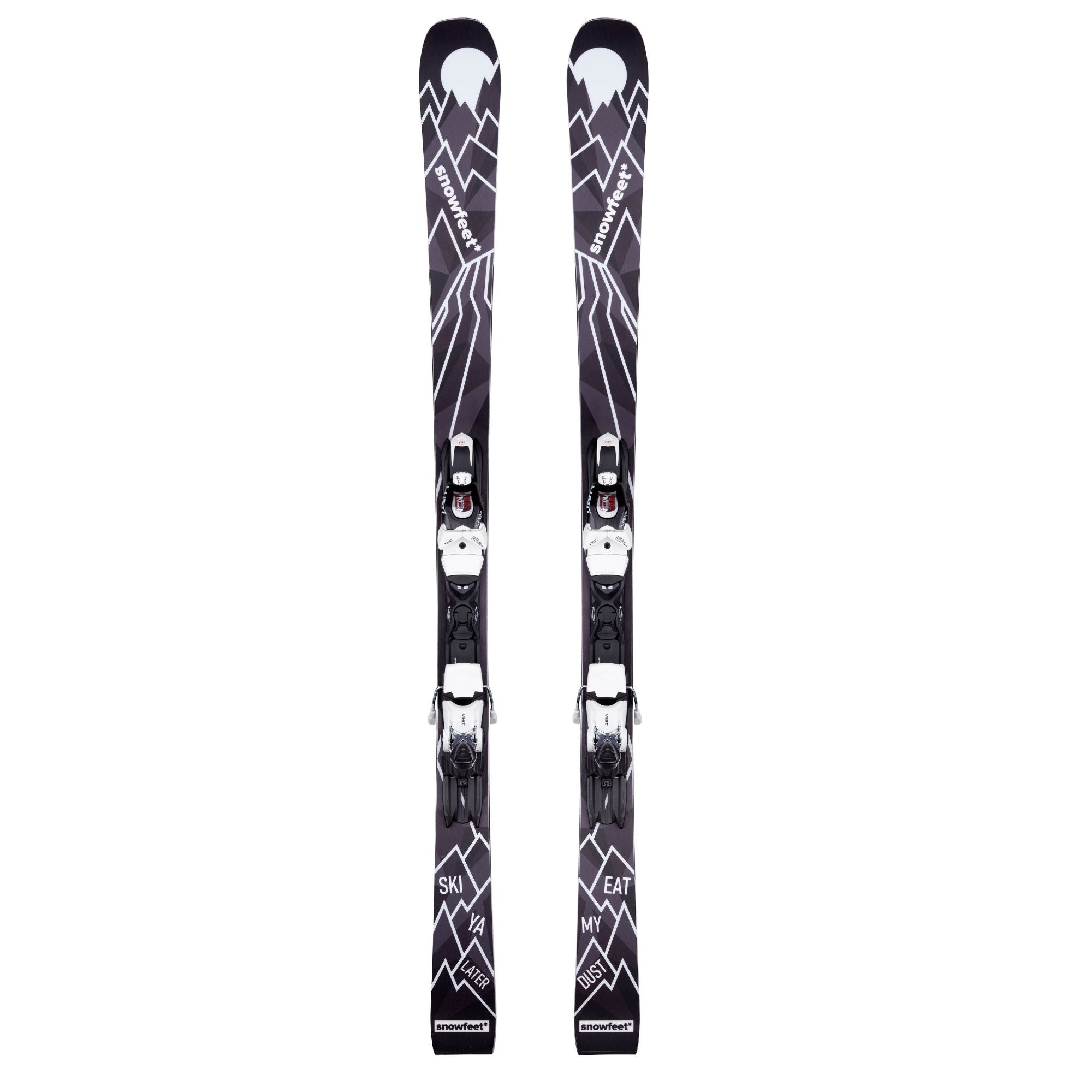

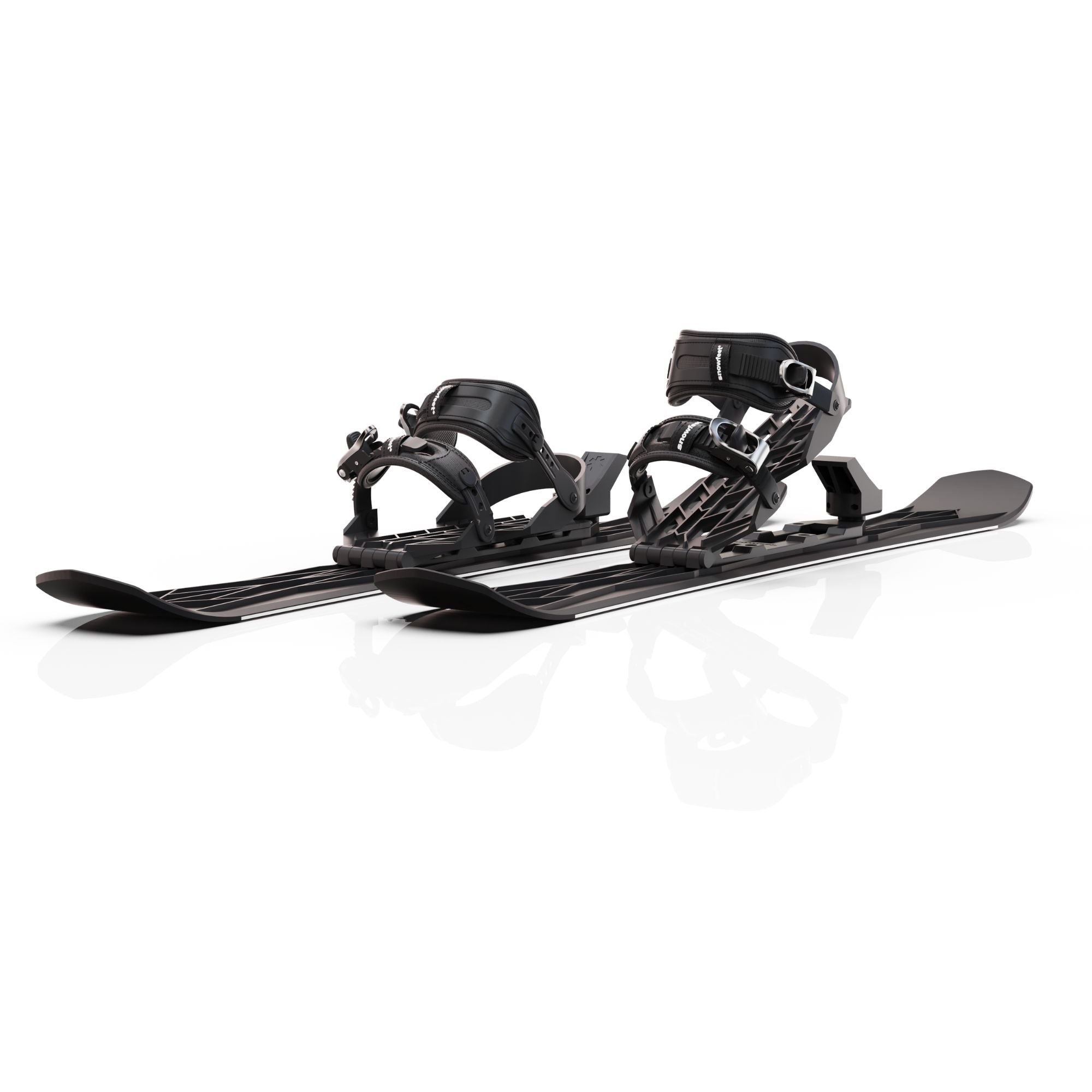


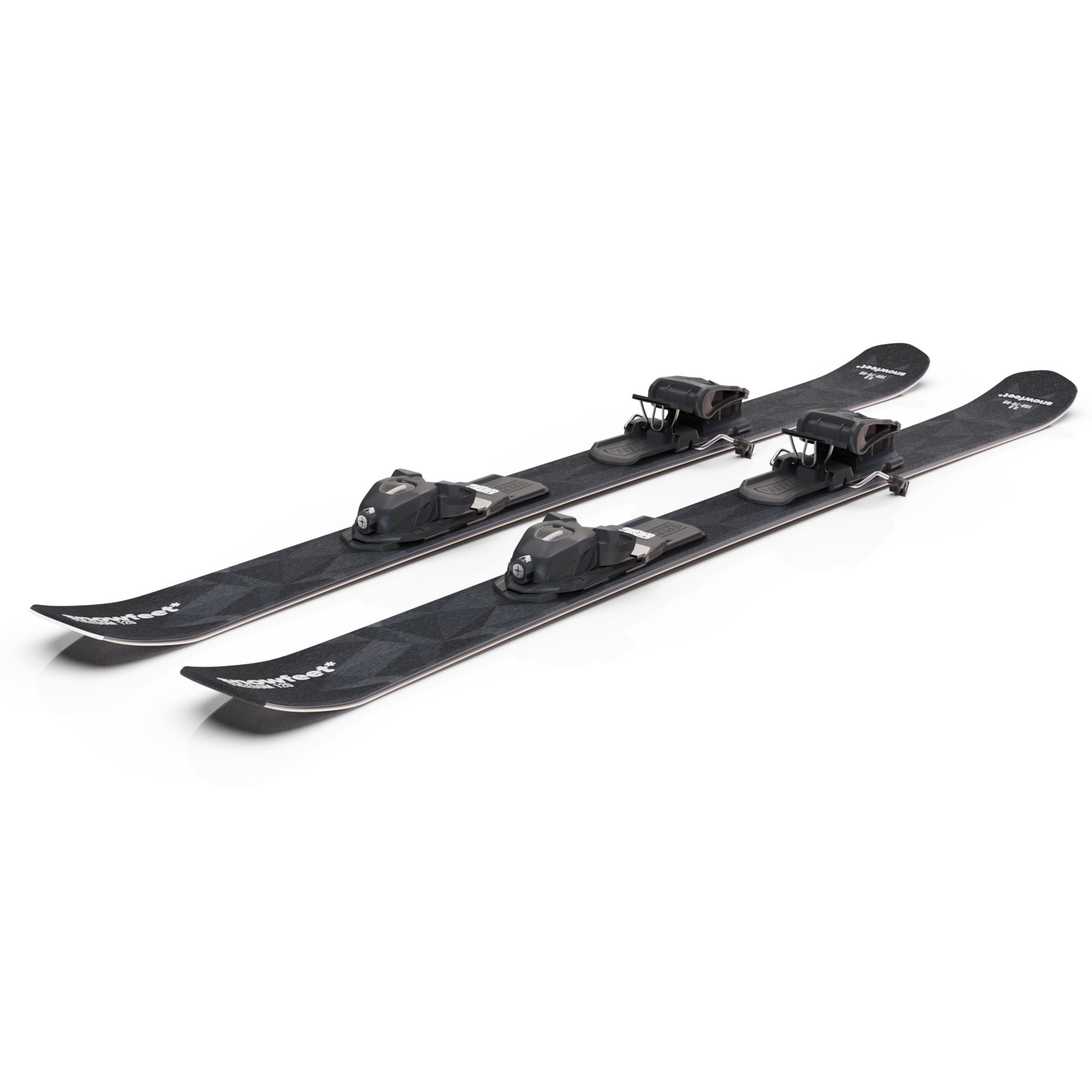

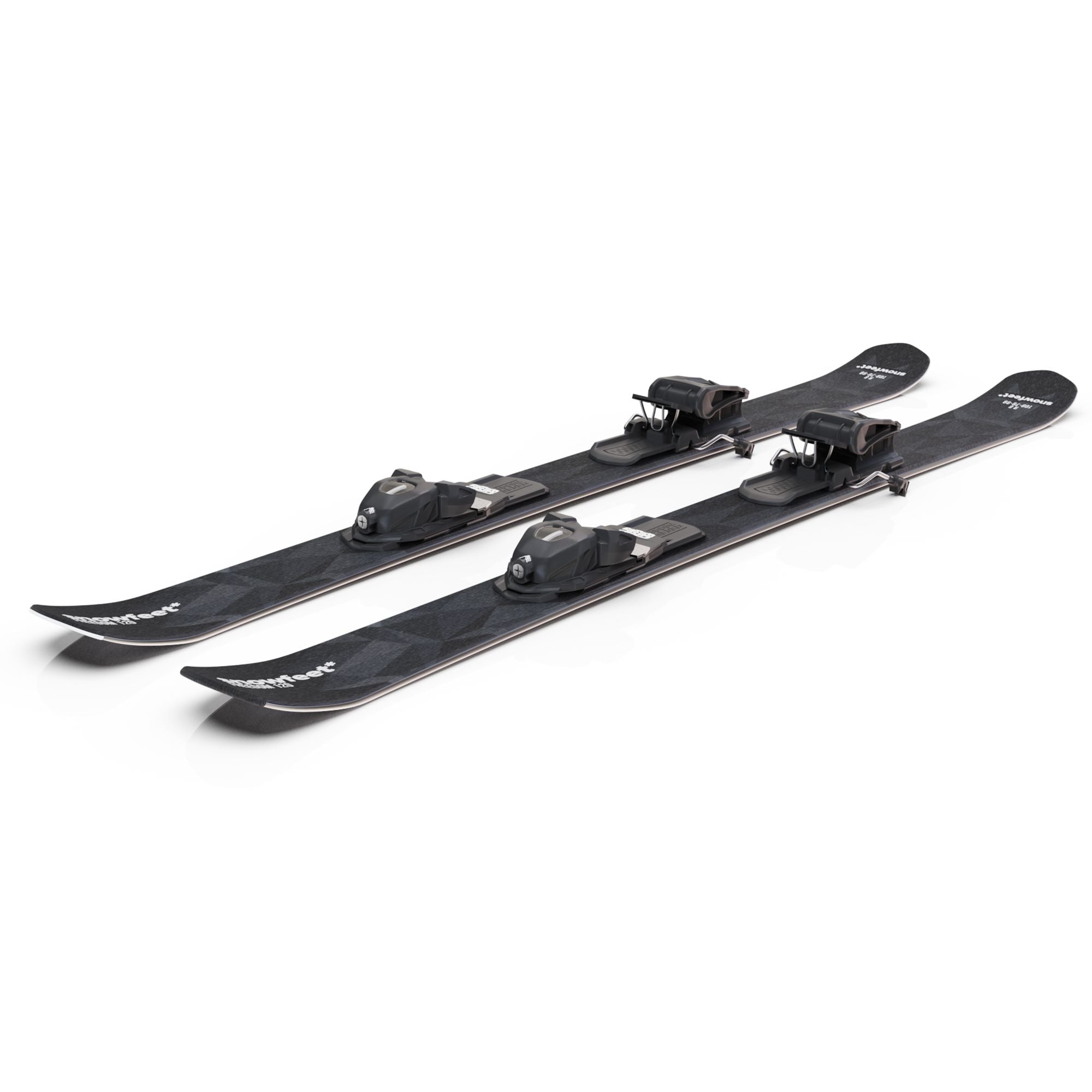
245 comments
crzjtwoneh
Muchas gracias. ?Como puedo iniciar sesion?
bfmcvzrspf
Muchas gracias. ?Como puedo iniciar sesion?
qouzowuhrr
Muchas gracias. ?Como puedo iniciar sesion?
aelqeqavdc
Muchas gracias. ?Como puedo iniciar sesion?
wbtjovvtsv
Muchas gracias. ?Como puedo iniciar sesion?
Leave a comment
This site is protected by hCaptcha and the hCaptcha Privacy Policy and Terms of Service apply.